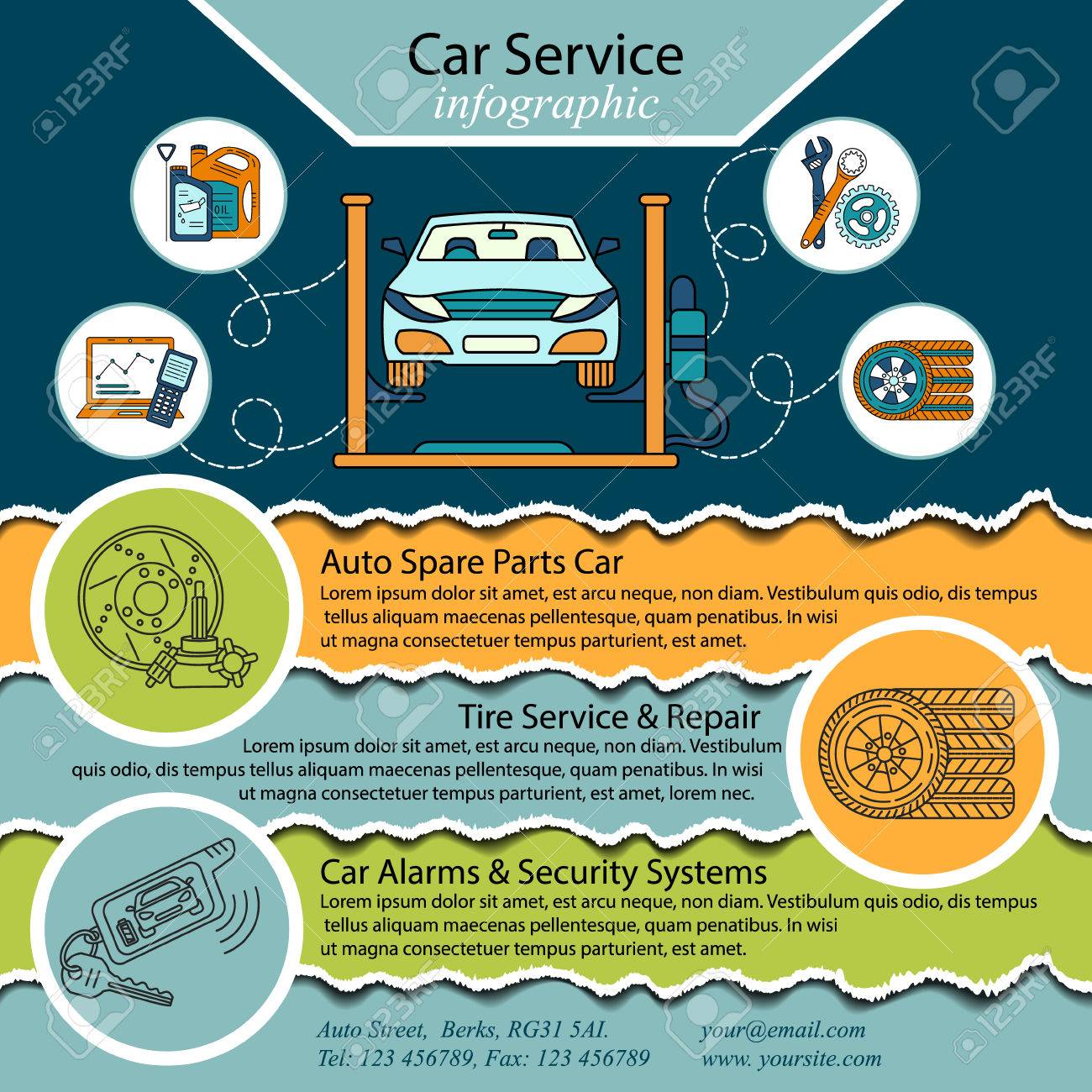Examining Your Automobile'S Caution Indicators: What They Truly Communicate
Examining Your Automobile'S Caution Indicators: What They Truly Communicate
Blog Article
Authored By-Termansen Winters
When you lag the wheel, those glowing warning lights on your control panel can be a little bit perplexing. Do you understand what they're trying to inform you regarding your auto's health? Recognizing the value of these lights is important for your safety and the long life of your vehicle. So, the next time one of those lights appears, would not you want to analyze its message accurately and take the required actions to resolve it?
Common Caution Lights and Interpretations
Identify usual caution lights in your automobile and understand their definitions to ensure secure driving.
The most regular caution lights consist of the check engine light, which signifies concerns with the engine or emissions system. If this light begins, it's vital to have your automobile checked without delay.
The oil stress alerting light shows low oil stress, needing prompt attention to avoid engine damages.
A blinking battery light may suggest a malfunctioning charging system, potentially leaving you stranded if not dealt with.
https://www.aarp.org/auto/car-maintenance-safety/info-2021/car-accident-inspection-tips.html tracking system (TPMS) light signals you to reduced tire stress, influencing car stability and fuel performance. Neglecting https://brakerotorreplacementcost17394.creacionblog.com/31087072/uncovering-top-quality-auto-fixing-shops-a-guide-to-the-covert-gems-in-your-community might cause hazardous driving conditions.
The abdominal muscle light shows a problem with the anti-lock stopping system, jeopardizing your ability to stop quickly in emergency situations.
Finally, the coolant temperature alerting light warns of engine getting too hot, which can cause extreme damages otherwise solved swiftly.
Recognizing these usual caution lights will certainly aid you attend to concerns quickly and maintain safe driving conditions.
Importance of Prompt Focus
Comprehending the usual caution lights in your auto is just the primary step; the relevance of quickly addressing these warnings can't be stressed enough to ensure your safety and security on the road.
When a warning light illuminates on your control panel, it's your car's method of connecting a prospective concern that needs interest. Overlooking these warnings can cause more severe issues later on, endangering your safety and security and potentially costing you much more in repairs.
Prompt attention to alerting lights can protect against malfunctions and accidents. For example, a flashing check engine light might show a misfire that, if left neglected, can create damages to the catalytic converter. Resolving this promptly can save you from a pricey repair work.
Likewise, a brake system alerting light could signify low brake fluid or used brake pads, critical components for your safety when driving.
Do It Yourself Troubleshooting Tips
If you notice a caution light on your dashboard, there are a few do it yourself repairing pointers you can attempt prior to looking for professional help.
The first step is to consult your cars and truck's handbook to recognize what the details warning light indicates. Sometimes the concern can be as simple as a loose gas cap causing the check engine light. Tightening the gas cap might settle the problem.
One more common problem is a reduced battery, which can cause various cautioning lights. Examining the battery links for rust and guaranteeing they're safe and secure could take care of the trouble.
If a caution light continues, you can attempt resetting it by disconnecting the vehicle's battery for a few mins and after that reconnecting it. Additionally, checking indy detailing , such as oil, coolant, and brake fluid, can assist repair advising lights connected to these systems.
Final thought
In conclusion, understanding your car's caution lights is essential for maintaining your car running efficiently and securely. By quickly attending to these informs and understanding what they indicate, you can stay clear of expensive repairs and prospective failures.
Bear in mind to consult your automobile's handbook for specific details on each cautioning light and do something about it as necessary to make certain a trouble-free driving experience.
Remain educated, stay safe on the road!
